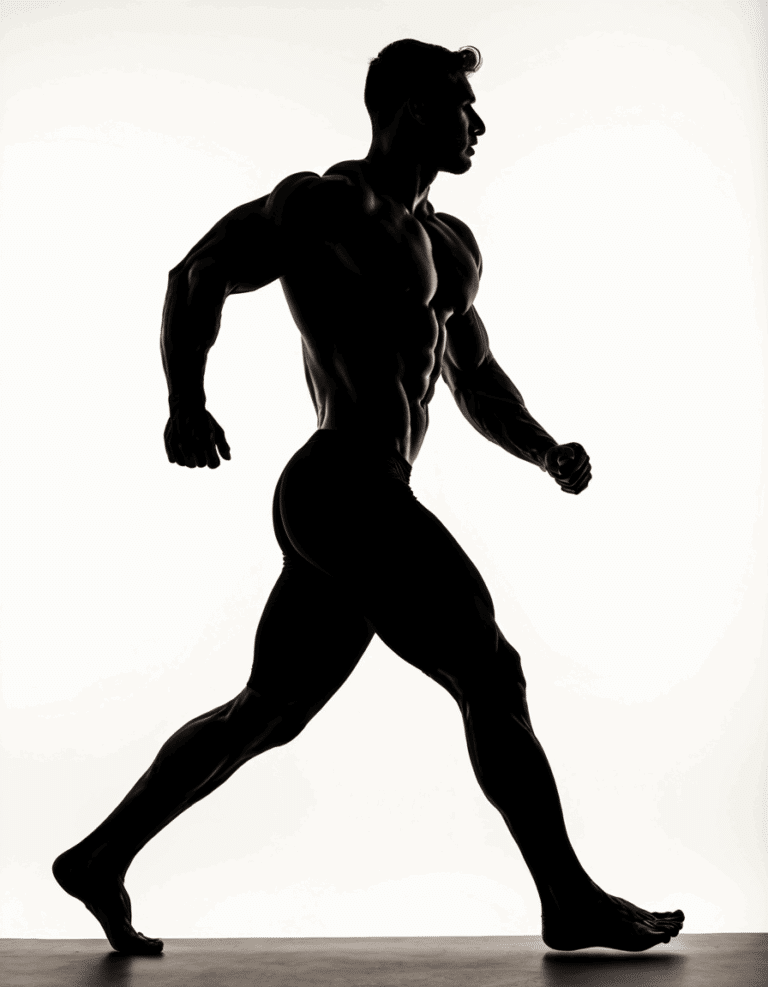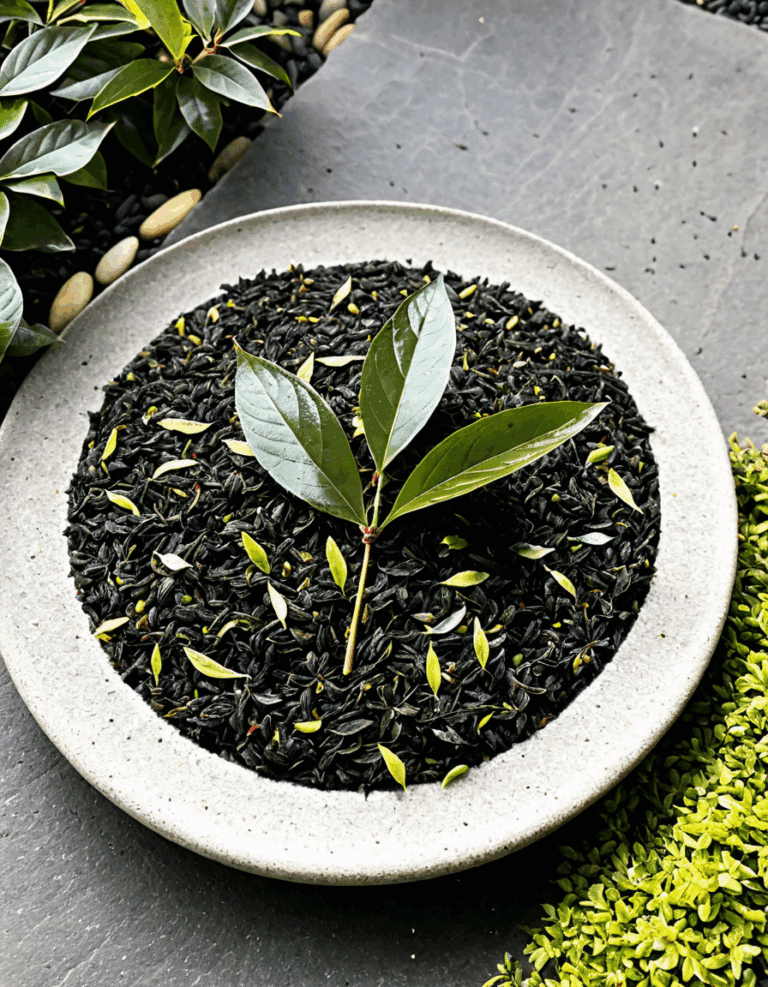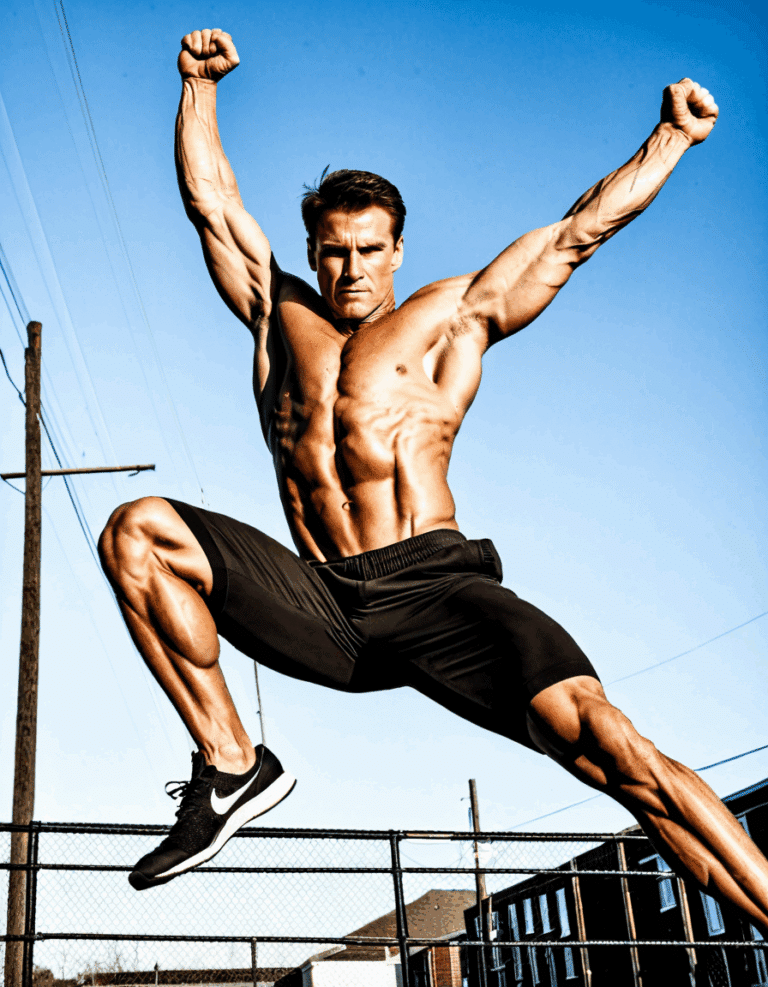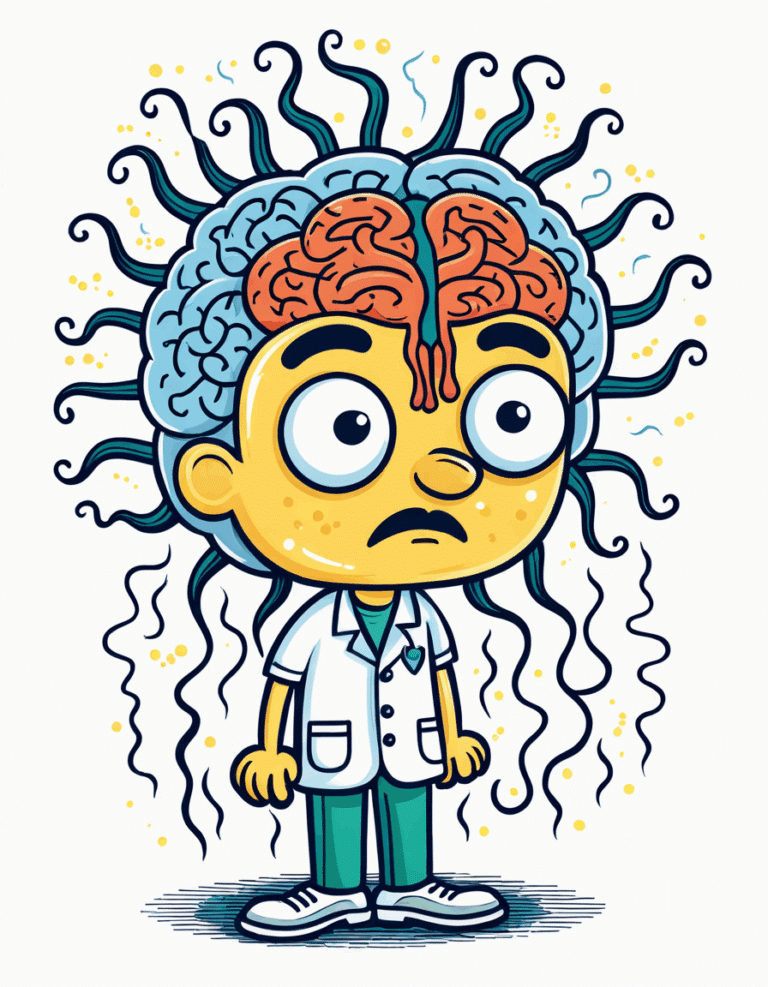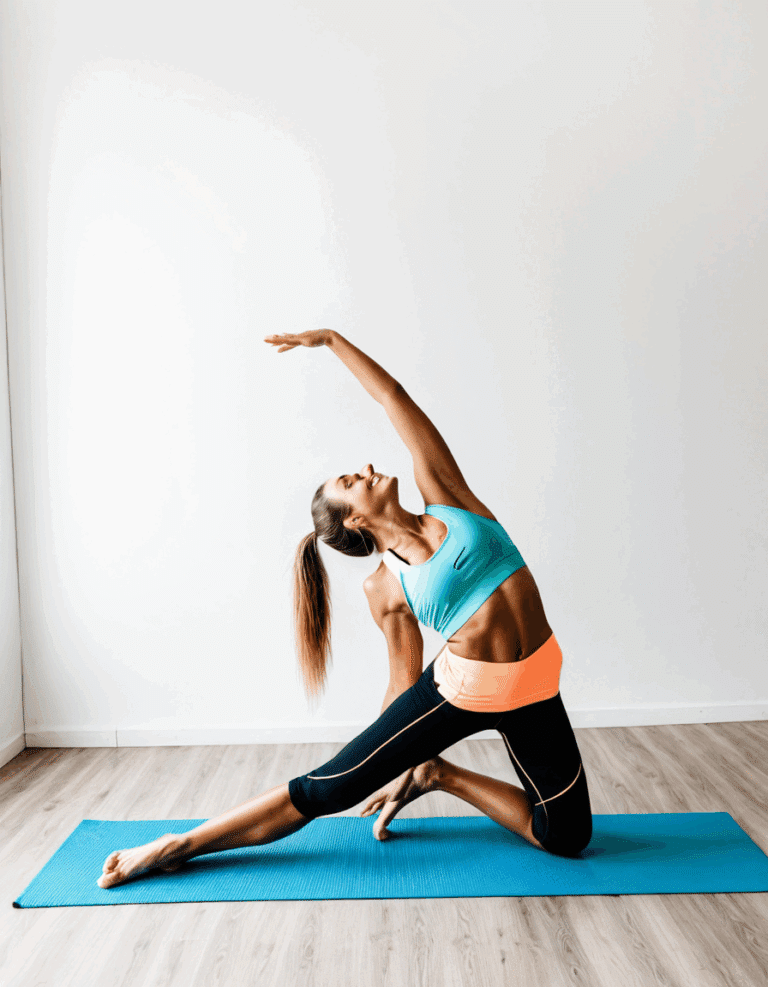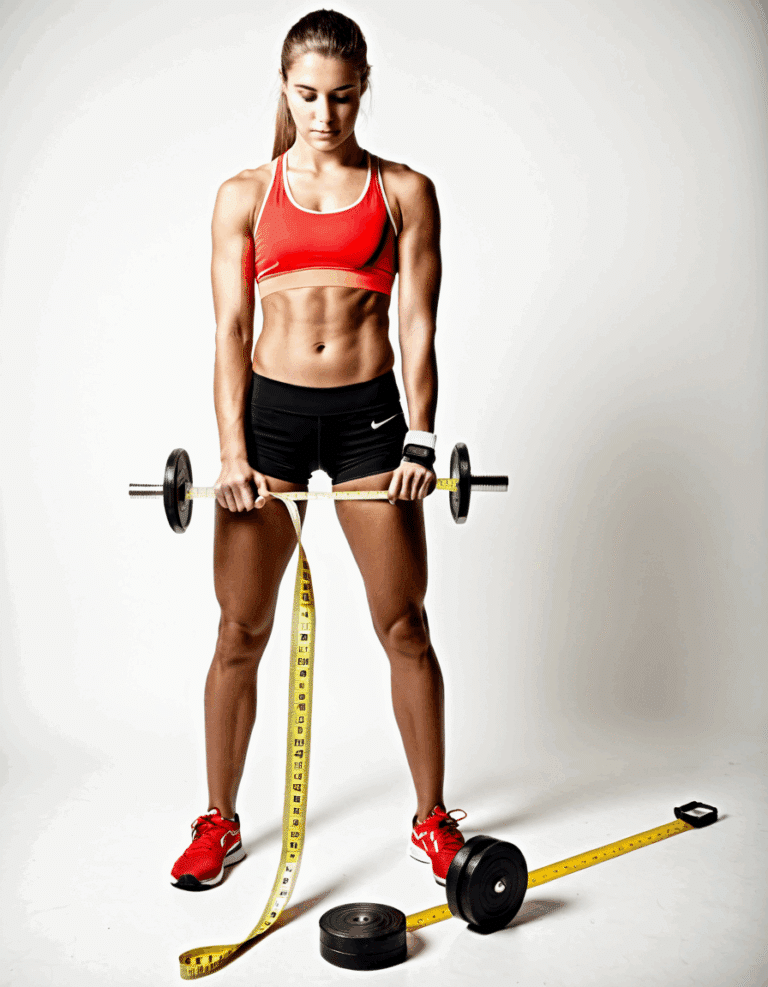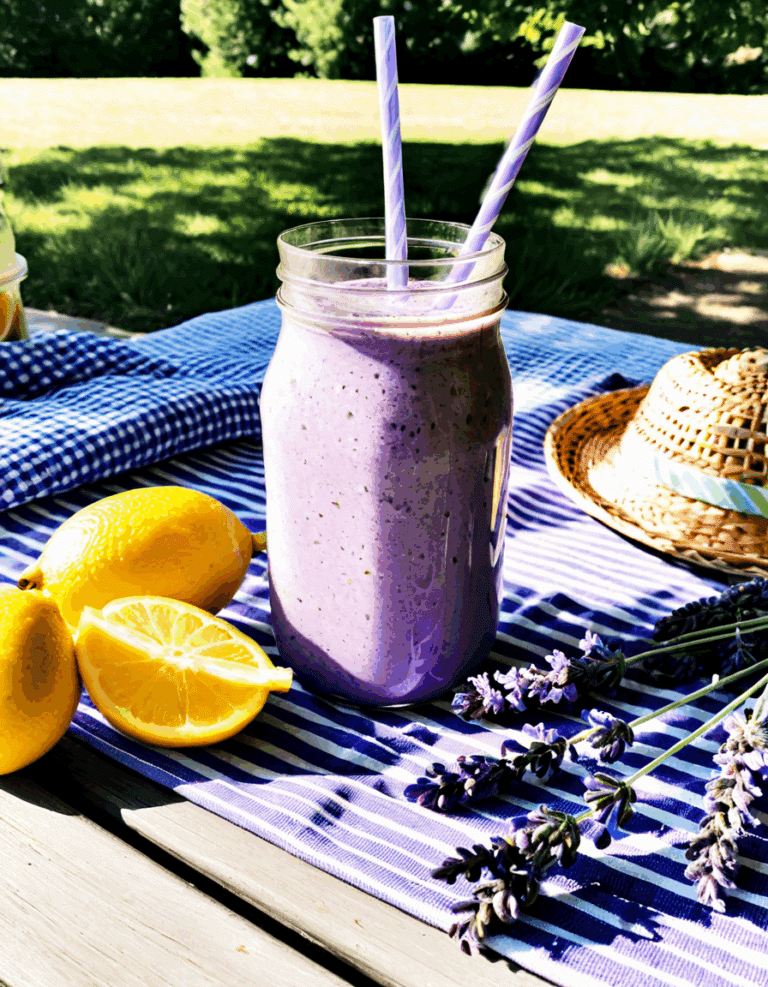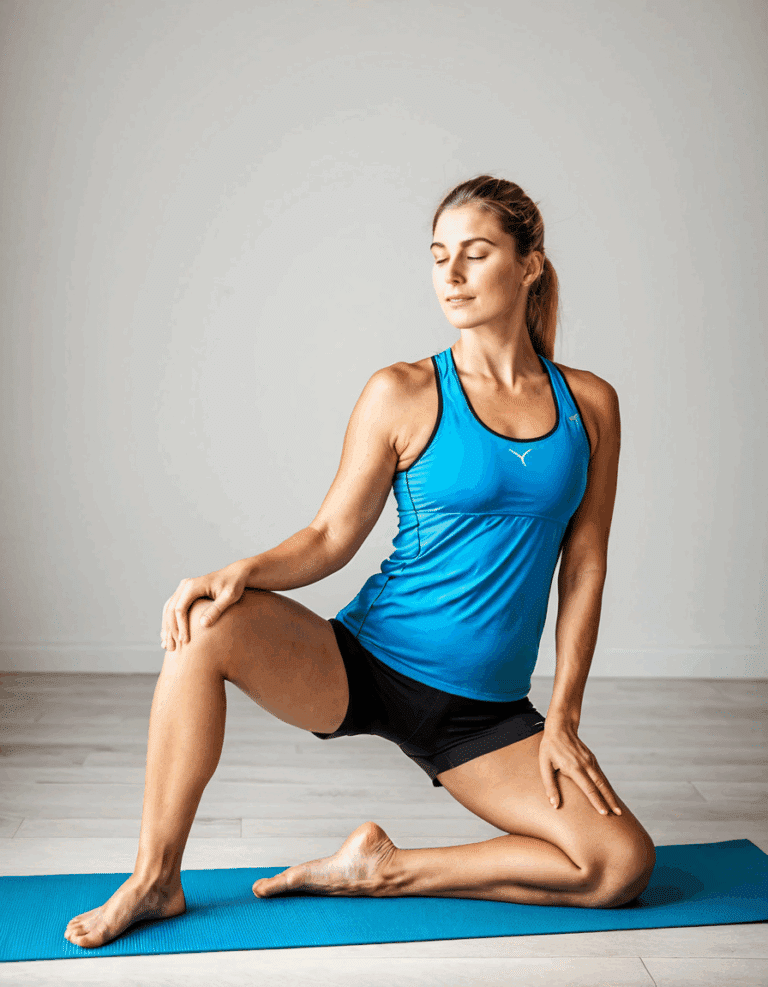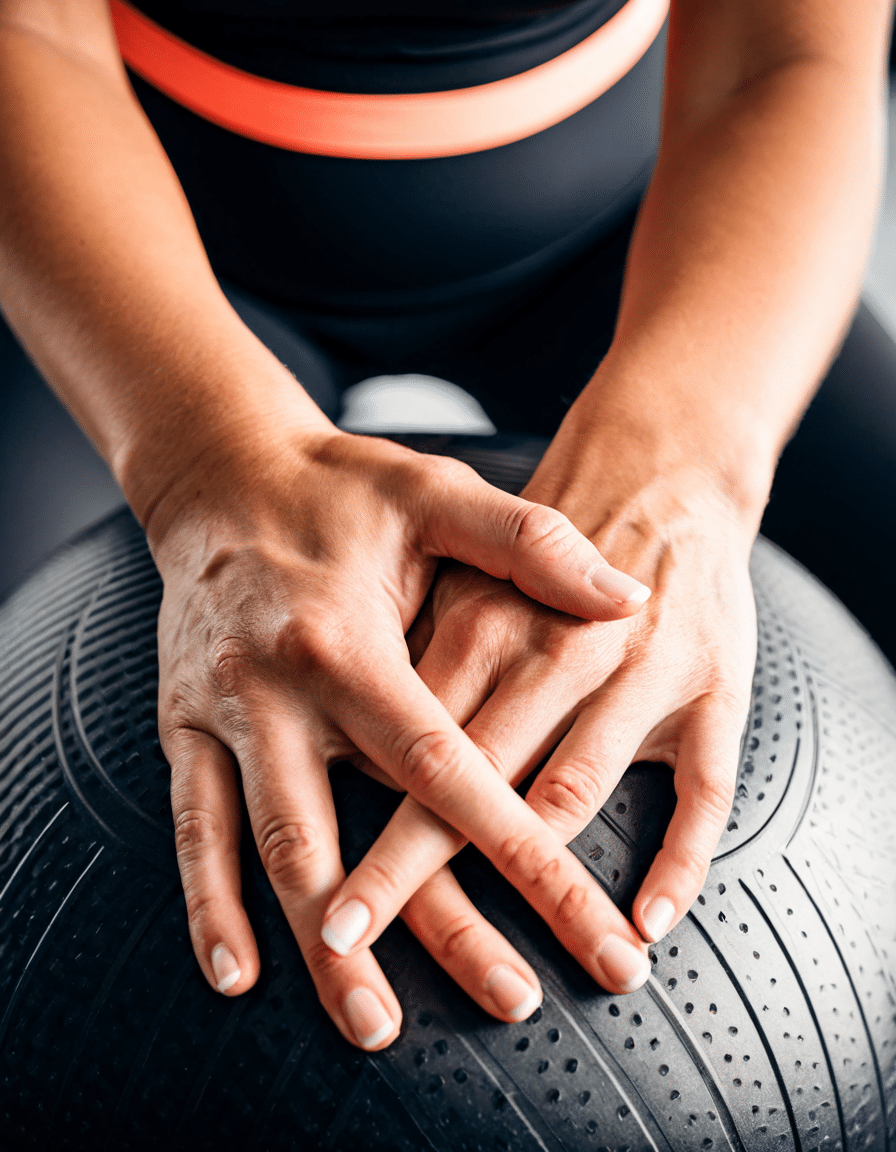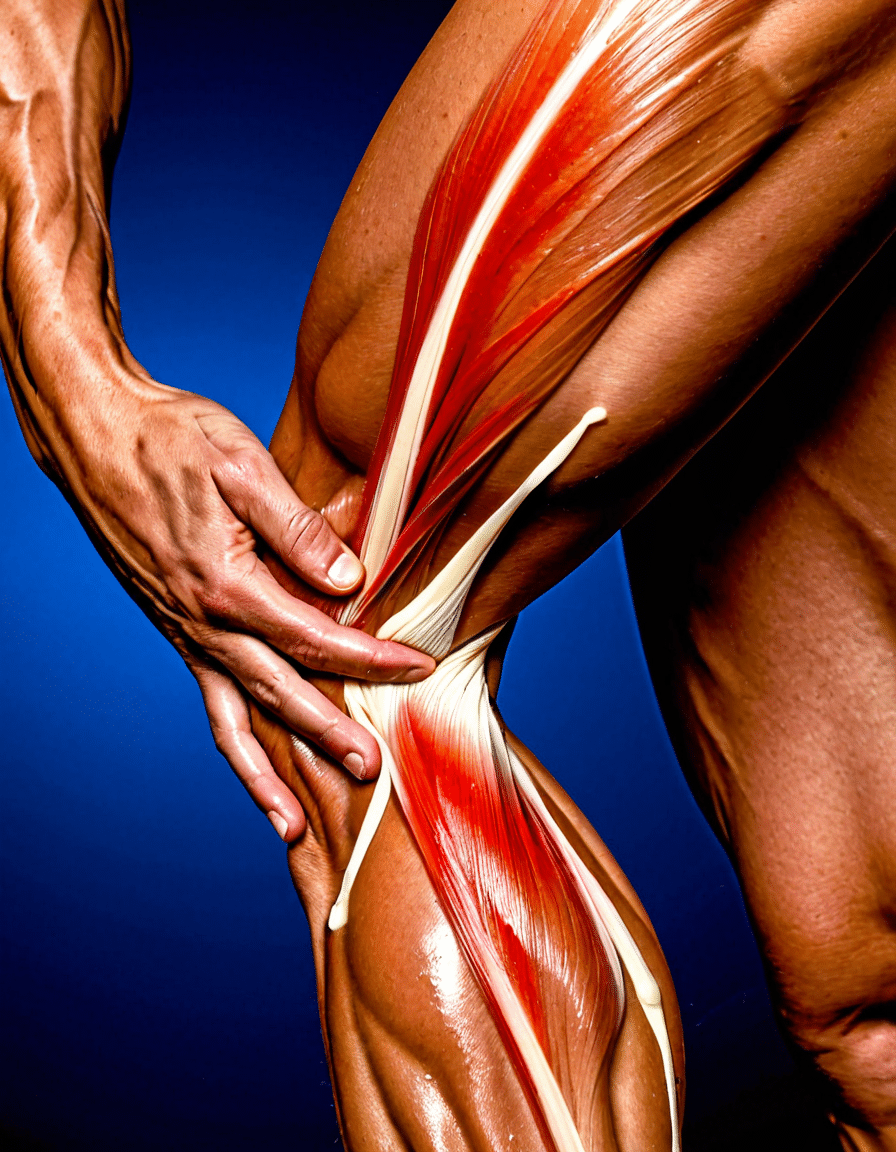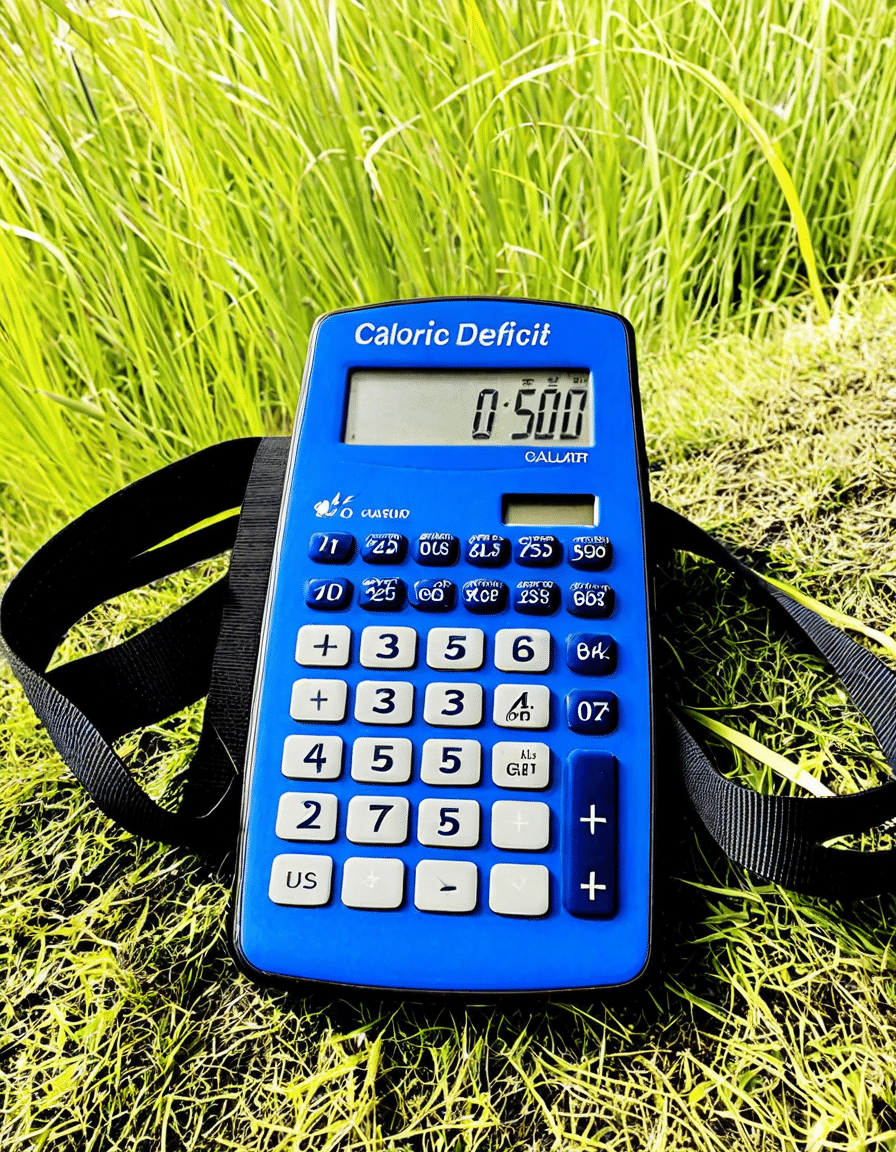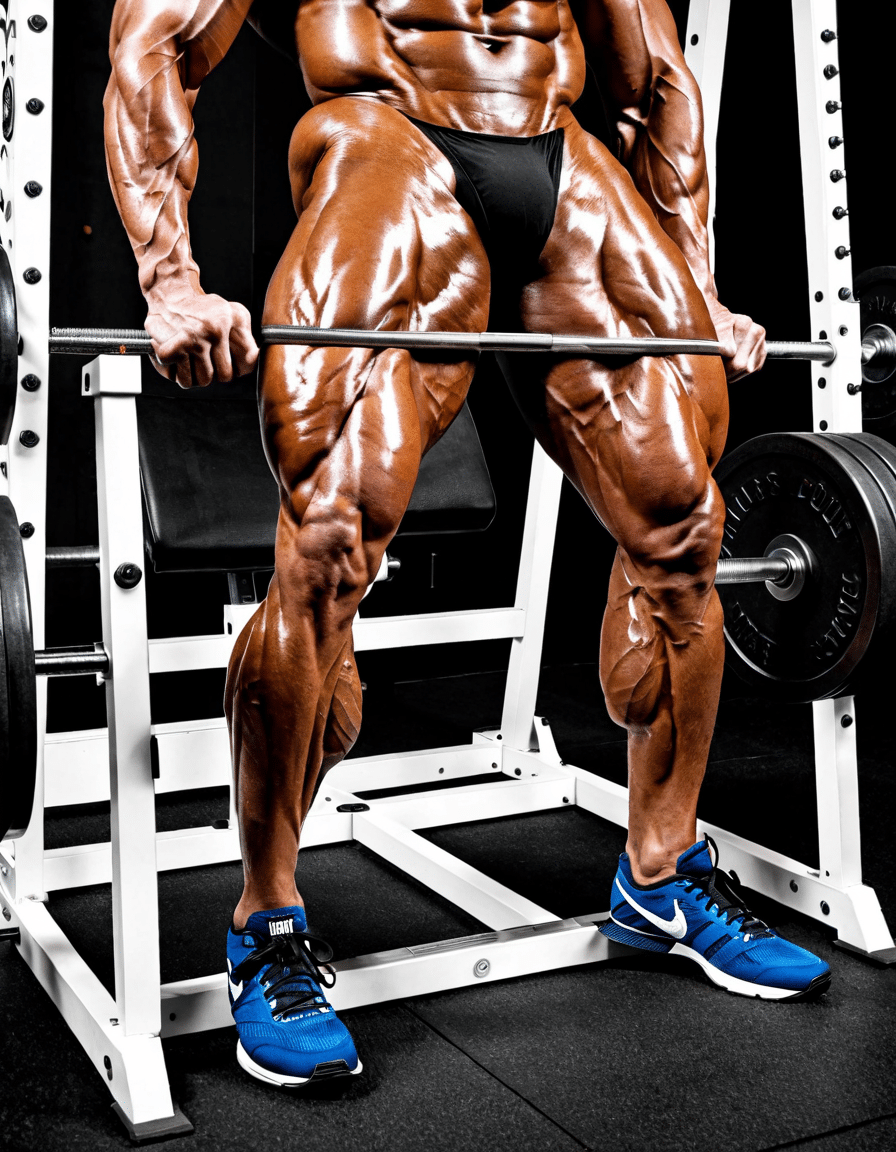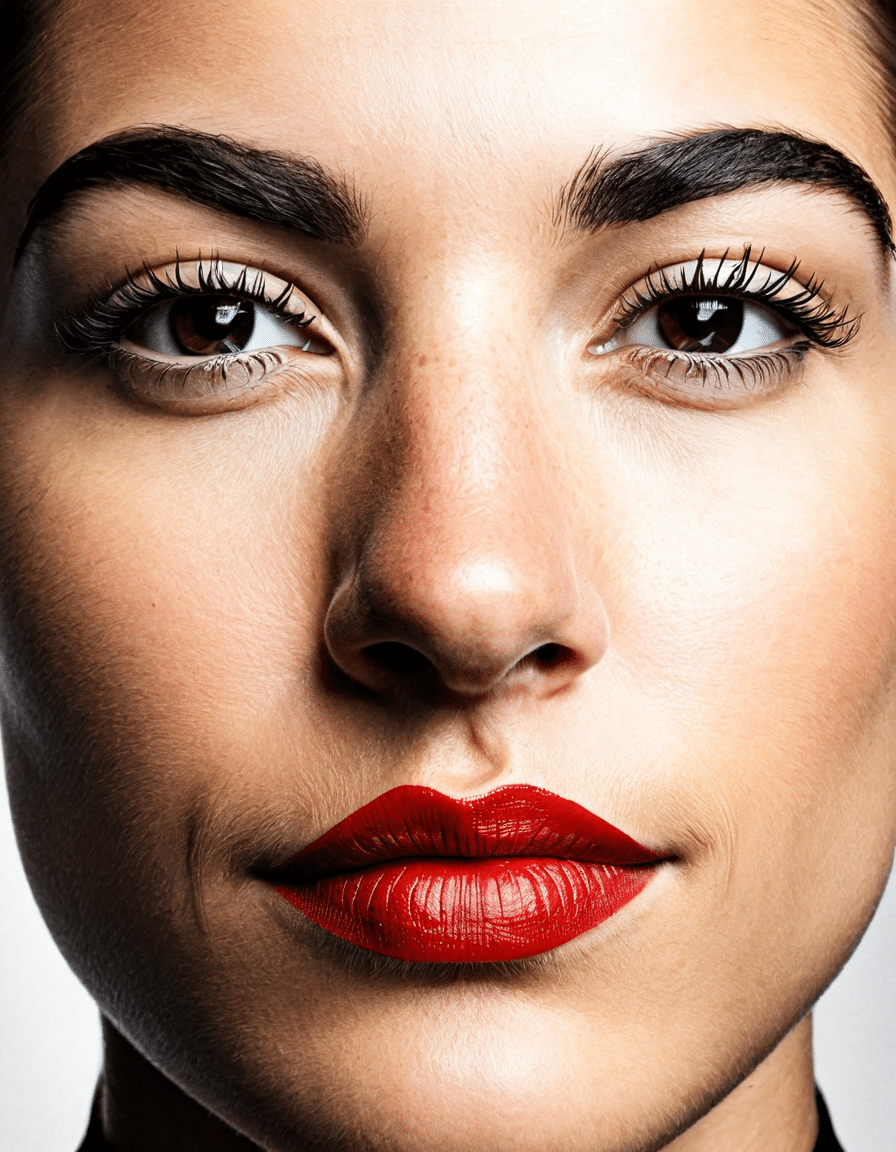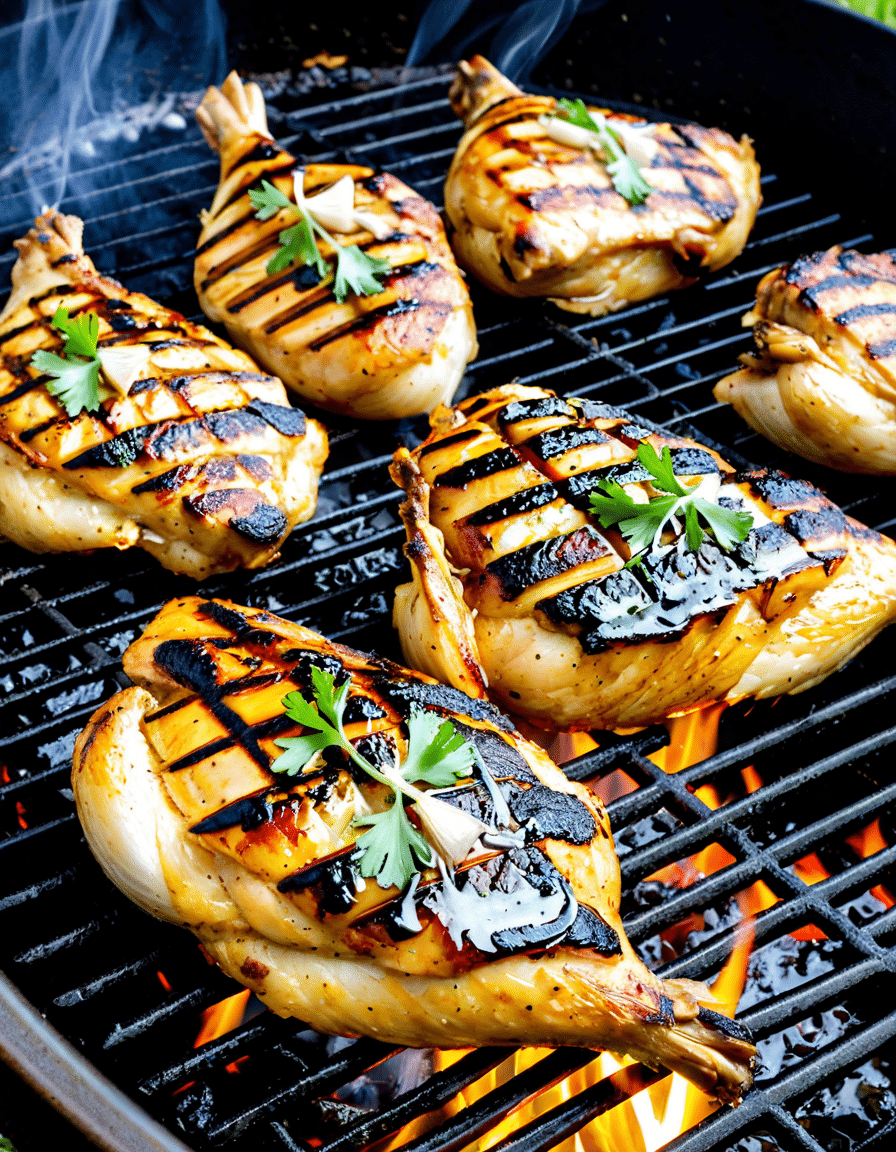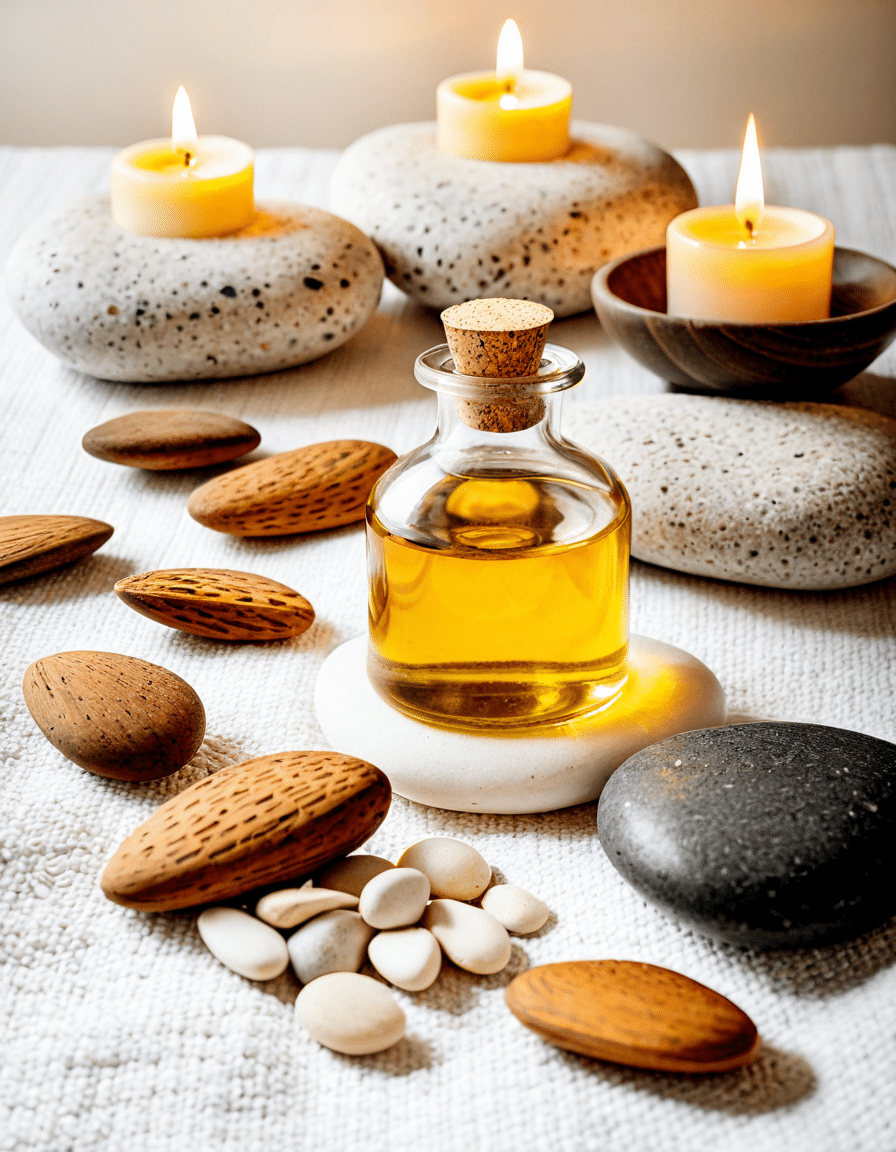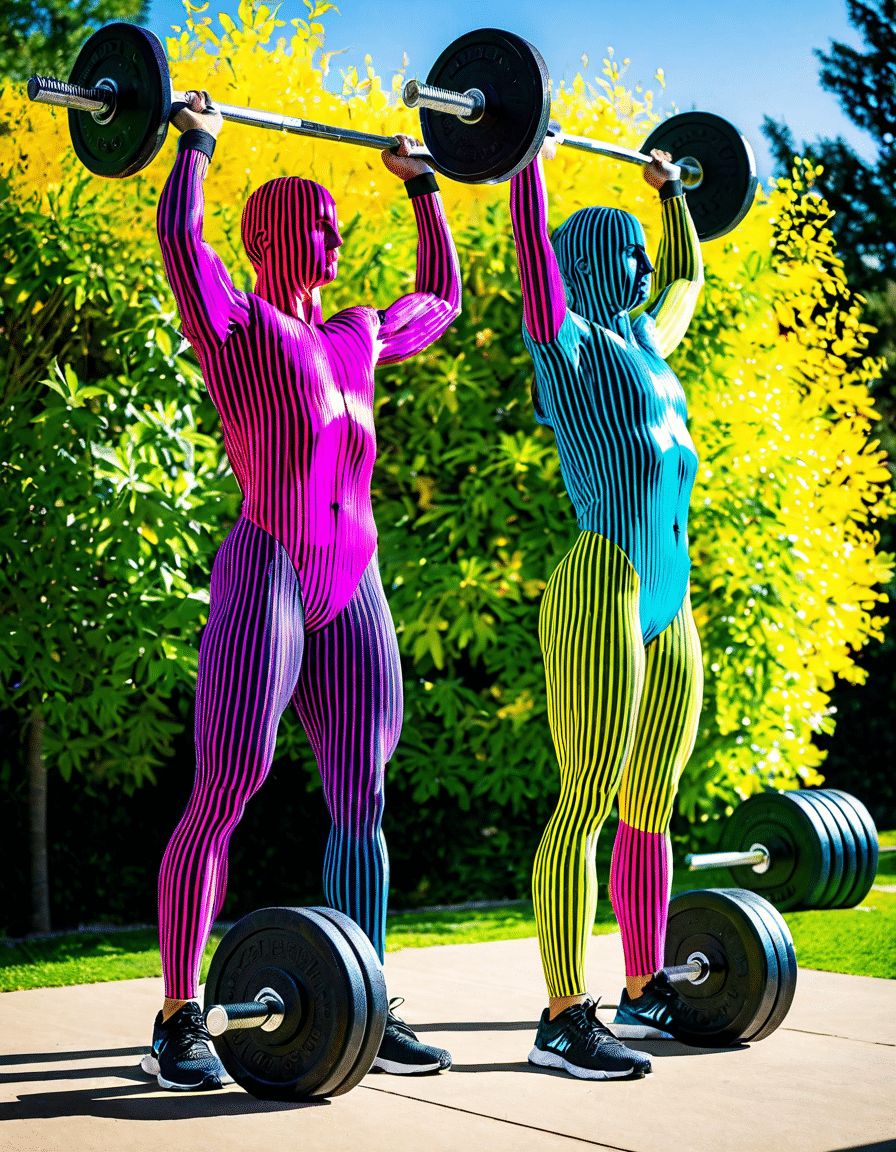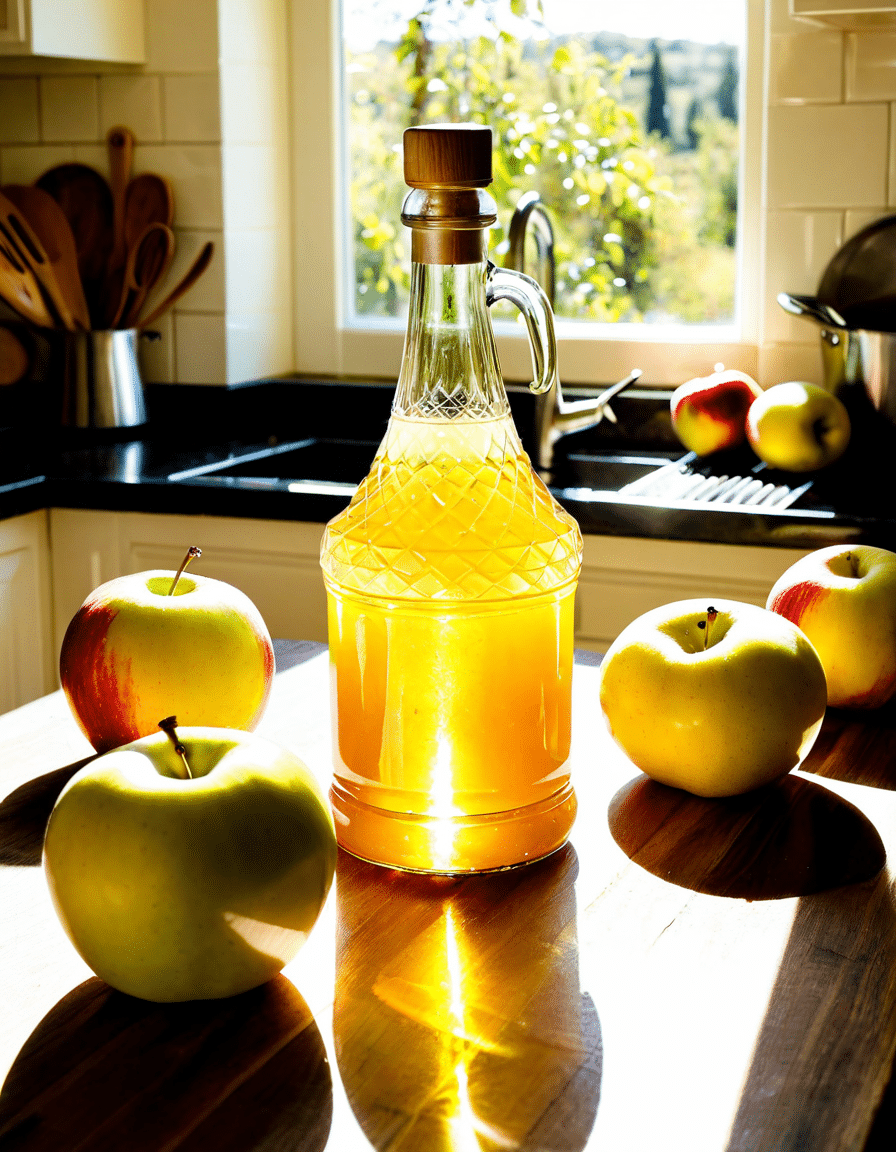Paronychia treatment can feel like a daunting task, but don’t let that slow you down or hold you back from your fitness goals. This common nail infection can arise out of nowhere, causing discomfort that’s downright distracting. Whether you’re a weightlifting warrior or a dedicated runner, dealing with paronychia can be frustrating. Understanding how to swiftly tackle it helps you stay focused on getting shredded, gaining muscle, and flaunting those ripped six-packs. Let’s break down the various paronychia treatment options and equip you with the knowledge you need for quick relief.

1. Understanding Paronychia: Types and Symptoms
Before jumping into paronychia treatment strategies, it’s vital to grasp what you’re dealing with. This infection can be classified into two main types: acute and chronic. Acute paronychia often stems from a bacterial invasion following trauma or pesky hangnails. You might notice redness, swelling, and sharp pain around your fingers or toenails. In contrast, chronic paronychia develops from persistent exposure to moisture and irritants, leading to more gradual symptoms, including nail separation from the nail bed.
Common symptoms you might experience include:
If you’ve ever dealt with paronychia, you know how much it can nag at you, just like a bad workout routine that doesn’t give you results. But now that we’ve clarified the types and symptoms, let’s jump into the top 7 paronychia treatment options to get you back on your game.
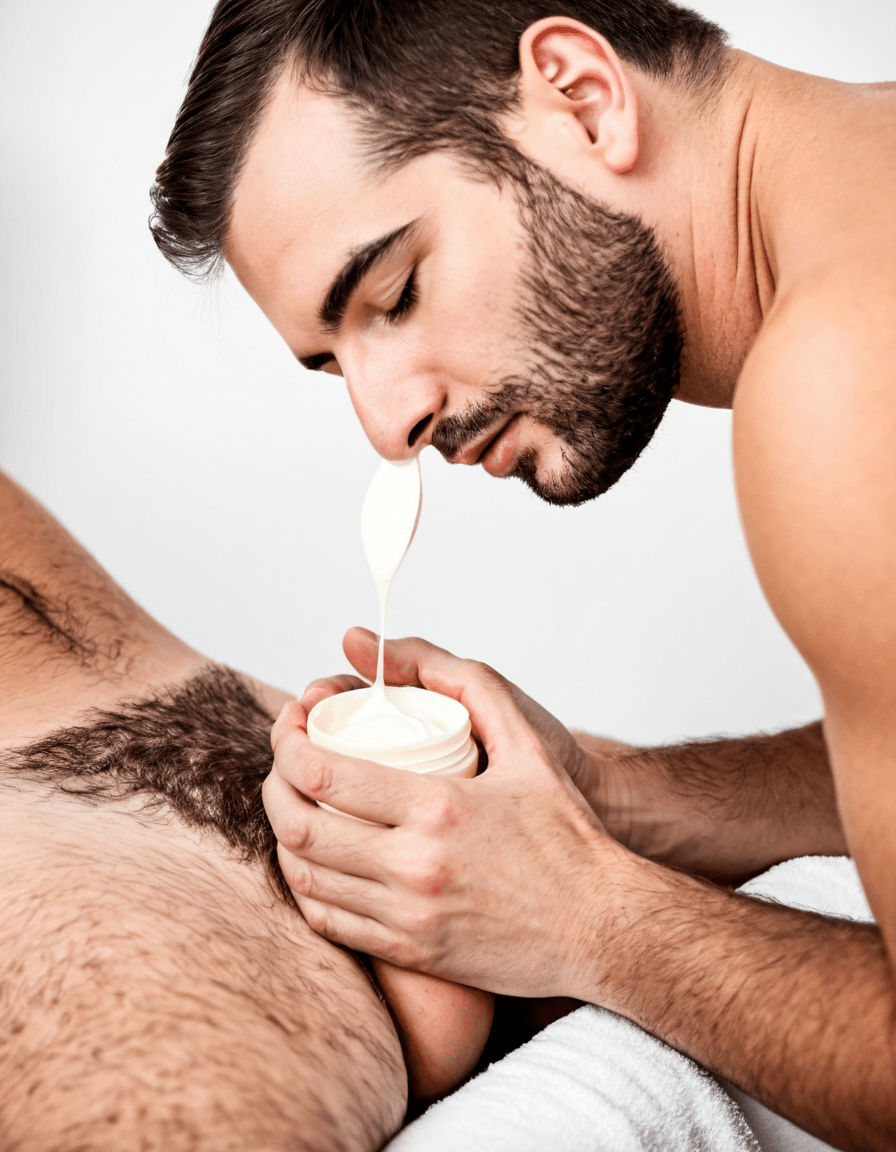
2. Top 7 Paronychia Treatment Options for Optimal Relief
When it comes to treating paronychia, having a toolbox of options is essential. Here are the seven most effective remedies to consider:
2.1 Warm Soaks
The simplest yet most effective method in your paronychia treatment toolkit is warm soaks. Soak the affected area in warm, soapy water for about 20 minutes several times daily. This not only reduces swelling but also promotes drainage. Regular soaks can alleviate discomfort, kick-starting the healing process. It’s as grounding as your warm-up routine before hitting the gym.
2.2 Antibiotic Ointments
For those pesky bacteria wreaking havoc, antibiotic ointments like Neosporin can be your ally. Apply these ointments directly to the infected area as a part of your daily routine after soaking. This step can provide quick topical relief and accelerate healing, especially crucial in acute cases of paronychia.
2.3 Drainage by Medical Professionals
In cases where you’re facing severe swelling or pus buildup, seeking help might be necessary. A healthcare provider may need to drain the infection, a procedure that’s done in a sterile setting. This intervention can quickly relieve pain and allow you to focus on what matters most—getting back to your workout.
2.4 Oral Antibiotics
If the infection is more aggressive, doctors might prescribe oral antibiotics like dicloxacillin or cephalexin. This approach attacks the infection from the inside out, essential for more severe paronychia cases. Remember, you can’t get shredded if you’re held back by nagging pain!
2.5 Steroid Injections
For chronic suffering, corticosteroid injections can be a game-changer. These injections reduce inflammation and pain, ensuring healing happens smoothly. If chronic paronychia is knocking you down, this might be your answer to getting back up.
2.6 Prevention of Trauma
Prevention is your best defense. Identifying ways to avoid trauma is critical, especially for those who rely heavily on their hands. Here are a few tips:
By staying proactive, you significantly reduce the risk of developing paronychia.
2.7 Nutritional Support for Immune Health
What you eat also plays a role in your health. Supporting your immune system with nutritional practices is key. Incorporate foods high in vitamin C and zinc, like citrus fruits, leafy greens, nuts, and seeds. These nutrients promote skin and nail health, potentially reducing the chances of future infections. Strong nails are akin to strong muscles—both require the right support!
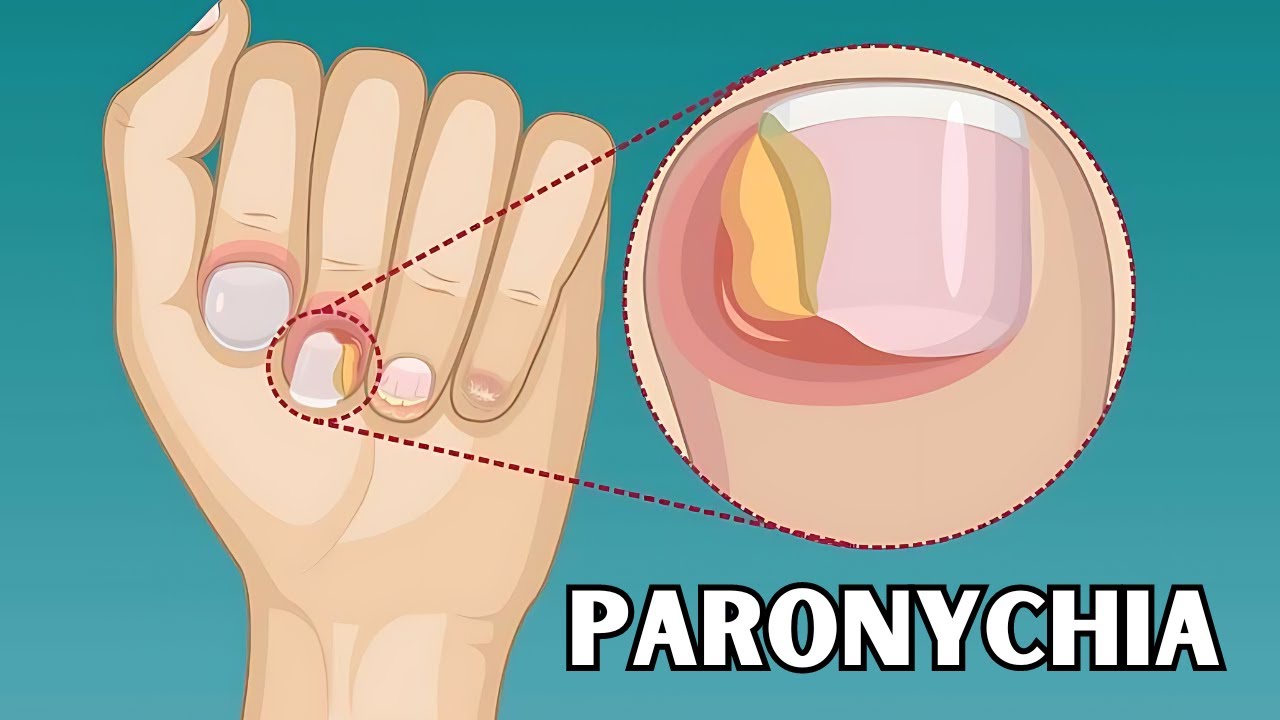
3. Paronychia and Its Connection to Other Conditions
Understanding paronychia can sometimes involve looking at neighboring health conditions. Certain issues may exacerbate symptoms, offering insight into a broader picture of wellness.
3.1 The Role of the Platysma Muscle
Though the platysma muscle is primarily located in your neck, maintaining overall body alignment through targeted exercises can enhance blood flow. This improved circulation aids in healing localized areas, such as your fingers. Strong, flexible muscles contribute to a more resilient body overall.
3.2 Comorbidities: Scaphoid Fracture and Diastasis Recti
If you’re managing a scaphoid fracture, you might unintentionally irritate the skin surrounding your nails during recovery. On the other hand, individuals dealing with diastasis recti may experience excess tension in their hands. This added strain can lead to nail health issues, increasing the risk of injury. Pay attention to how your overall condition might impact your nail care.
3.3 Craniosacral Therapy for Stress Management
Stress plays a sneaky role in overall health. Many individuals utilize craniosacral therapy for alleviating stress and tension. Relaxation techniques can lead to a significant improvement in health, and may reduce the severity of infections like paronychia. Taking care of your mind ensures your body stays in top form!
3.4 Addressing Neurological Conditions: Meralgia Paresthetica and Epigastric Pain
Conditions like meralgia paresthetica, which causes tingling in the outer thigh, highlight how widespread nerve pain can impact your entire body. It may make you less cautious about your nail care, inadvertently increasing the likelihood of an infection. Understanding how to manage epigastric pain through lifestyle changes contributes to holistic wellness and keeps stress in check, paving the way for better nail health.
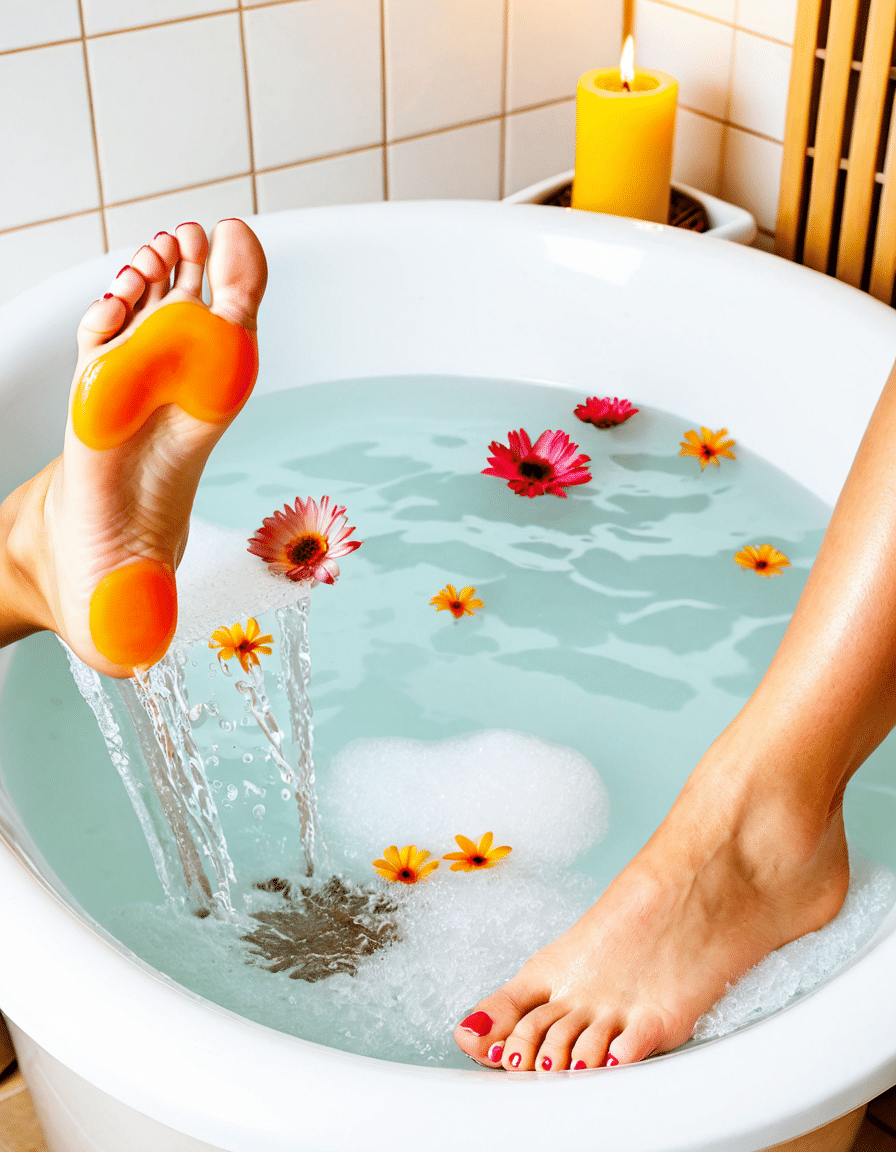
4. Embracing a Holistic Approach to Nail Health
To achieve long-lasting results, adopting a holistic method is paramount. Combine immediate treatments with vital lifestyle changes to foster a favorable environment for healing.
Consider implementing the following practices:
This integrated approach ensures you not only tackle paronychia head-on but also enhance your overall well-being. As you learn to embrace a more comprehensive view of health, focusing on both local treatments and broader wellness strategies empowers you to take proactive steps. The journey towards better nail health is akin to your pursuit of fitness: it’s all about making informed choices and putting in the work.
In conclusion, employing effective paronychia treatment strategies can empower you to take control of your health and well-being. Remember, strong, healthy nails reflect a strong, healthy body. So get after it, stay energized, and don’t let paronychia interfere with your path towards being the best version of yourself! As the saying goes, “Sana sana, colita de rana”—a little reminder that you can and will heal. Ready to conquer the day? Let’s go!
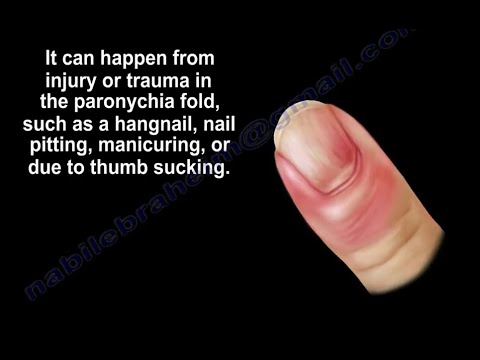
Paronychia Treatment Secrets for Quick Relief
Fun Facts About Paronychia Treatment
Did you know that paronychia isn’t just a minor inconvenience? This pesky nail infection can be triggered by several factors, from physical trauma to being around water too often. In fact, some folks may even develop it from biting their nails! If you’ve been dealing with this issue, quick paronychia treatment is essential to avoid further complications. Think of it like managing a project: if you nip the problem in the bud, you’re less likely to face bigger headaches down the road. While you’re getting your nails in shape, you might also want to check out some soothing Earl Grey tea; it can be quite the calming companion.
Speaking of soothing, did you know that warm soak remedies can work wonders for paronychia as well? Immerse your fingers in warm, soapy water several times a day to alleviate pain and promote healing. Interestingly enough, you might come across a phrase like sana sana Colita de rana, which echoes a culturally rich sentiment in the healing arts. It emphasizes the power of care and patience—two virtues you’ll need on your road to recovery. Before diving into other treatments, make sure to learn about the potential benefits of knowing what is the RDW in a blood test; it can provide useful insights into your overall health.
When it comes to preventing future infections, keep those fingernails clean and well-trimmed! You might be surprised to find that even simple practices, like dabbing on a bit of lotion after washing your hands, can significantly help. Plus, avoiding harsh chemicals and using a good pair of gardening gloves when working outdoors can be game-changers. Fun fact: celebrities like Elaine Mason often share beauty hacks in their routines; maintaining healthy nails could certainly be one of them. In case the paronychia doesn’t improve, don’t hesitate to consult a pro! Just like understanding what is wet AMD can clarify some health concerns, getting expert advice on persistent infections can steer you toward the right paronychia treatment.
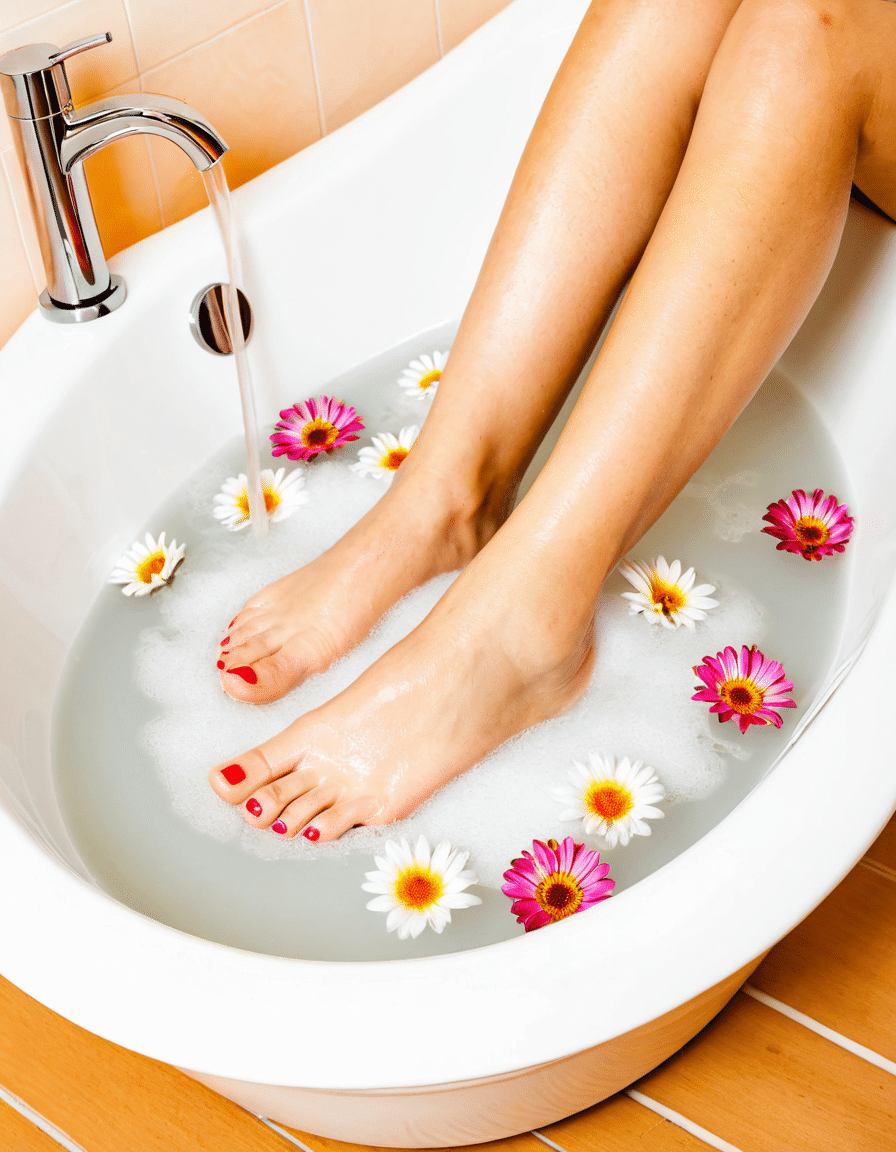
What is the fastest way to get rid of paronychia?
The fastest way to tackle paronychia is to soak the affected finger in warm, soapy water several times a day, which helps reduce swelling and encourages drainage if there’s pus.
Which ointment is best for paronychia?
When it comes to ointments, it’s generally best to use a topical antibiotic like bacitracin or mupirocin after cleaning the area, as they help fight infection and promote healing.
Will paronychia go away by itself?
Paronychia can sometimes clear up on its own, especially if it’s mild and you take care of it properly, but stubborn cases may need treatment to resolve completely.
What is the best antibiotic for paronychia?
For antibiotic options, both oral and topical antibiotics can be effective, but it’s a good idea to consult a healthcare provider to get the right prescription based on your specific situation.
Does hydrogen peroxide help paronychia?
Hydrogen peroxide might provide some initial cleaning, but it can also irritate the skin, so it’s not commonly recommended for treating paronychia long-term.
Is neosporin good for paronychia?
Neosporin can be useful as it combines several antibiotics that help to protect against infection, but it’s best used after cleaning the area.
What makes paronychia worse?
Keeping the area dry and avoiding nail-biting or hangnails usually makes paronychia worse, as these actions can irritate the skin and allow bacteria to enter.
Why put Vaseline on paronychia?
Vaseline is applied to paronychia often to seal in moisture and help prevent the surrounding skin from drying out, which can support the healing process.
What OTC medicine can I take for paronychia?
Over-the-counter pain relievers like ibuprofen or acetaminophen can help manage any discomfort associated with paronychia.
Should I squeeze paronychia?
It’s typically better not to squeeze paronychia as this can push bacteria further into the tissue and worsen the infection. Letting it drain naturally is best when possible.
What are the stages of paronychia?
Paronychia can start as acute or chronic, with acute showing rapid symptoms and chronic building over time, often due to ongoing irritation or fungal infections.
What happens if you don’t drain blood under your nail?
If blood collects under your nail and isn’t drained, you might risk increased pressure, pain, or even permanent nail damage in more severe cases.
How do I know if my paronychia is bacterial or fungal?
You can often tell if your paronychia is bacterial or fungal based on symptoms: bacterial infections typically cause more acute redness and pus, while fungal ones might create more itchiness and swelling without the pus.
Is paronychia a staph infection?
Paronychia itself isn’t necessarily a staph infection, but it can be caused by staph bacteria among other germs, so identifying the exact cause is key for treatment.
Can I drain paronychia at home?
Draining paronychia at home isn’t recommended unless you’re sure of what you’re doing, as improper drainage can lead to worsening the infection or causing complications.
How do you draw out paronychia?
To draw out paronychia, warm compresses can be soothing, and soaking the area helps reduce inflammation and encourages any trapped fluids to drain naturally.
What makes paronychia worse?
Repeated irritation from wet environments, nail trimming mistakes, or frequent exposure to harsh chemicals can aggravate paronychia, making symptoms worse.
What happens if you don’t drain blood under your nail?
Not draining blood under your nail can lead to an increased risk of infection and greater pressure, which can be quite painful and may even affect nail growth.
Why put Vaseline on paronychia?
Applying Vaseline can provide a protective barrier, helping to lock in moisture and support the healing process by keeping the area from becoming too dry.

